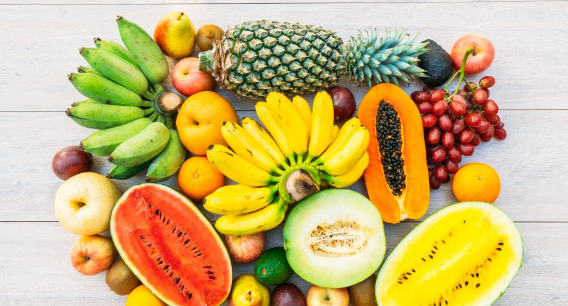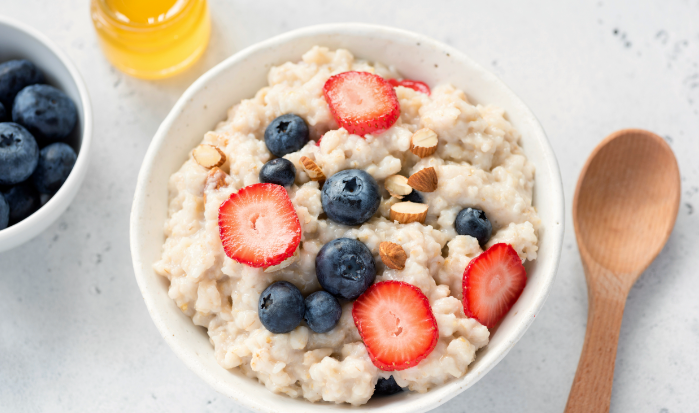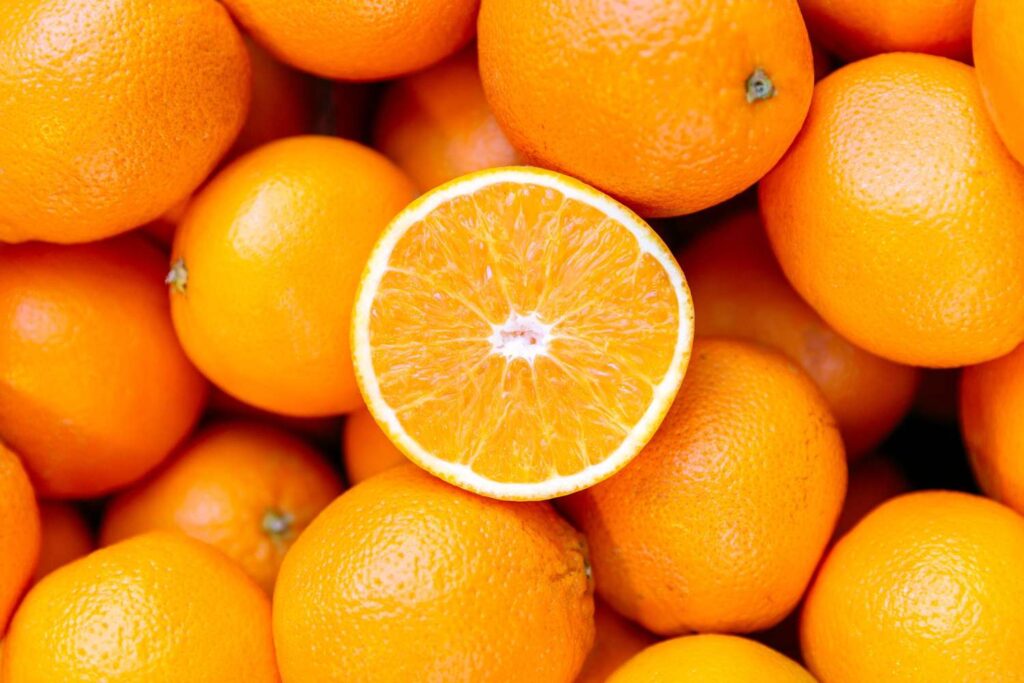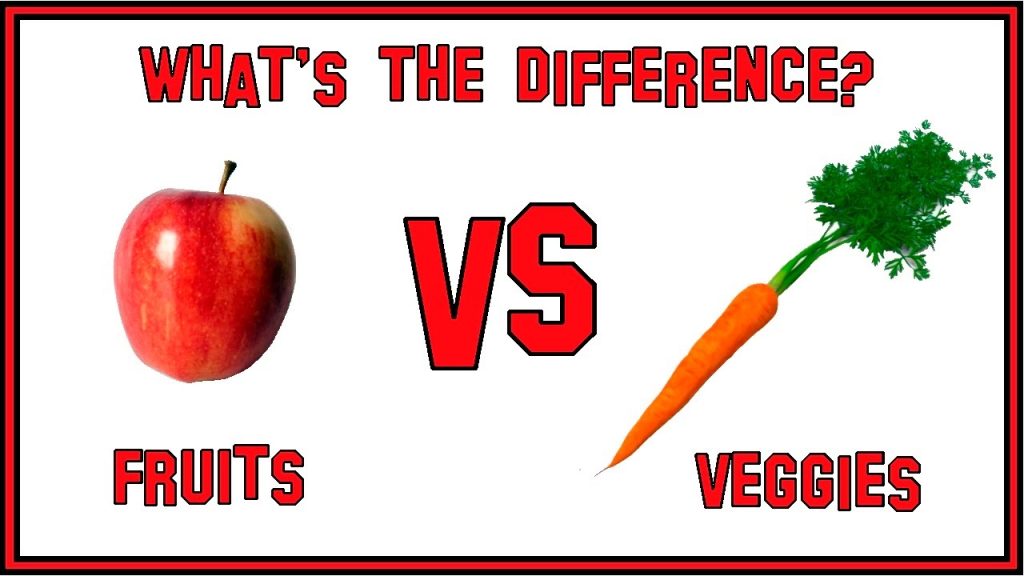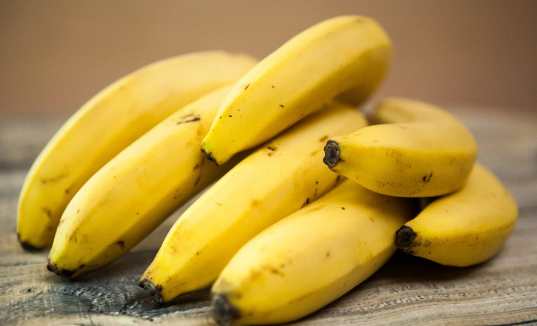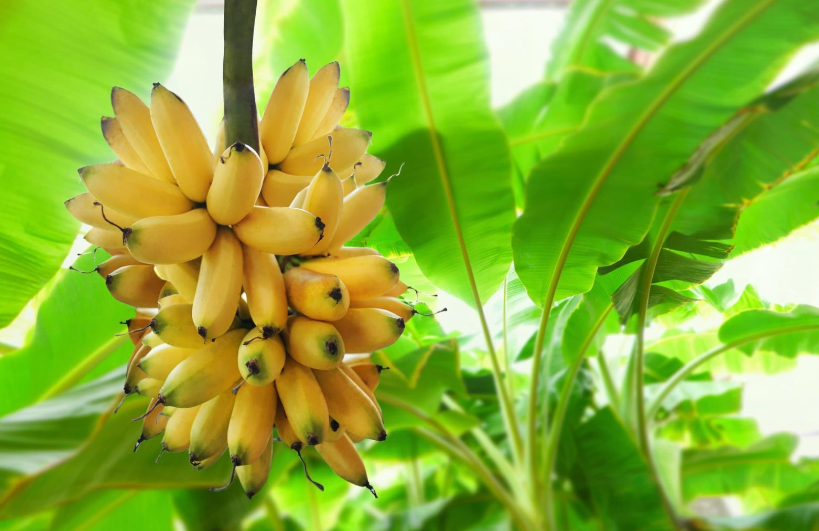The Cecropia fruit comes from the Cecropia tree, which grows in Central and South America. This large, round fruit has a unique sweet taste and a soft, juicy inside. It’s great for snacking, blending into smoothies, or using in recipes. Not only does it taste good, but it’s also packed with healthy nutrients like vitamin A, vitamin C, potassium, and calcium.
Table of Contents
- What Does the Cecropia Fruit Taste Like?
- A Glimpse into the Cecropia Fruit’s Roots
- How to Grow Your Own Cecropia Tree
- When Can You Find Cecropia Fruit?
- What’s in Cecropia Fruit?
- Good Things Cecropia Fruit Can Do for Your Health
- Delicious Ways to Enjoy Cecropia Fruit
- Frequently Asked Questions
- Can you eat Cecropia fruit?
- Is Cecropia tree poisonous?
- What does cecropia fruit taste like?
- What is cecropia used for?
- What are some fun facts about cecropia tree?
What Does the Cecropia Fruit Taste Like?
When you bite into a Cecropia fruit, you’re likely to taste a mix of sweetness, a bit of tanginess, and a hint of sourness that’s reminiscent of bananas, pineapples, and passion fruit. Its soft and juicy texture adds to its yumminess. While some might find it a little earthy or musky, most people really like its distinct taste and enjoy it as a delicious treat in places where it grows naturally.
A Glimpse into the Cecropia Fruit’s Roots
The Cecropia tree is an ancient plant with deep roots in the cultures of the Americas like Central America, South America, and the Caribbean. For centuries, local people have valued the tree for its tasty fruit and its use in traditional medicine. Some even believe the tree holds special spiritual meaning. Today, its fruit is still widely eaten, often appearing in local dishes and sweets, and you might even find it at markets.
How to Grow Your Own Cecropia Tree
The Cecropia tree thrives in tropical climates where it’s warm and moist. It can grow to be quite tall — up to 50 meters — and produces sizable fruits that can weigh a lot. If you want to grow one, you’ll need to start with seeds planted in a spot that drains well and gets plenty of sunshine. A bit of fertilizer can help the tree grow strong, but once it’s established, it won’t need much care. It might need some trimming, though, especially if you want to keep it at a certain size and make picking the fruit easier. If the conditions are right, a Cecropia tree can be a rich source of these scrumptious fruits, whether you’re growing it for yourself or to sell.
When Can You Find Cecropia Fruit?
In the right climates, Cecropia fruit can be found throughout the year, but they’re most plentiful in the summer and fall. The exact time they’re ready to pick can change depending on where they’re grown and the Cecropia tree type. Factors like the local climate, weather, and how farmers look after their trees also play a role in when the fruit is available.
What’s in Cecropia Fruit?
The Cecropia fruit is not just tasty; it’s also really good for you. It’s full of important things like:
- Vitamin A: keeps your vision sharp, helps your immune system, and keeps your skin healthy.
- Vitamin C: this antioxidant can protect your cells from harm, is good for healing wounds, and can make your immune system stronger.
- Potassium: important for keeping your heart healthy and managing how much water is in your body.
- Calcium: crucial for strong bones and teeth, and helps your muscles and nerves work properly.
- Fiber: great for digestion, keeping cholesterol at the right level, and making you feel full.
- It also comes with other vitamins and minerals like zinc, magnesium, phosphorus, folate, vitamin E, and B vitamins such as niacin.
The exact amount of these nutrients might vary based on which Cecropia tree the fruit comes from or how ripe it is when it’s picked. But one thing is for sure: adding Cecropia fruit to your diet can be really good for you, and it can be eaten fresh or used in many recipes, like smoothies or jams.
Good Things Cecropia Fruit Can Do for Your Health
Eating Cecropia fruit can be great for your health in lots of ways:
- Makes Your Immune System Stronger: Its Vitamin C is great for fighting off sickness.
- Helps You See Better: The Vitamin A in it is good for your eyes, especially in dim light.
- Keeps Your Heart Healthy: Potassium in the fruit helps control your blood pressure.
- Gives You Strong Bones: With calcium, it helps your bones and teeth stay strong and can lower your risk of weak bones as you get older.
- Better Digestive Health: Because it’s full of fiber, it can help prevent you from getting constipated.
- Defends Against Damage: It’s high in antioxidants which can protect your body and might help guard against long-term diseases.
Remember, these benefits are best gained when you eat Cecropia fruit as part of a varied and balanced diet, and more research could help us understand all its potential advantages even more.
Delicious Ways to Enjoy Cecropia Fruit
There are so many tasty ways to eat Cecropia fruit. Here are some of the best:
- Raw and Fresh: Just cut the fruit open and enjoy the sweet flesh with a spoon.
- Drinks: Make yourself a refreshing juice or blend it into smoothies and even mixed drinks.
- Sweet Treats: Bake it into pies, or make fruity tarts and salads.
- Toppings: Whip up some puréed Cecropia to drizzle on yogurt, pancakes, or ice cream.
To enjoy it at its sweetest and juiciest, make sure the Cecropia fruit is fully ripe before you eat it. Whether you eat it on its own or mix it into your meals, Cecropia fruit can make your food tastier and healthier.
